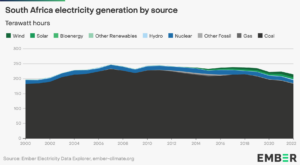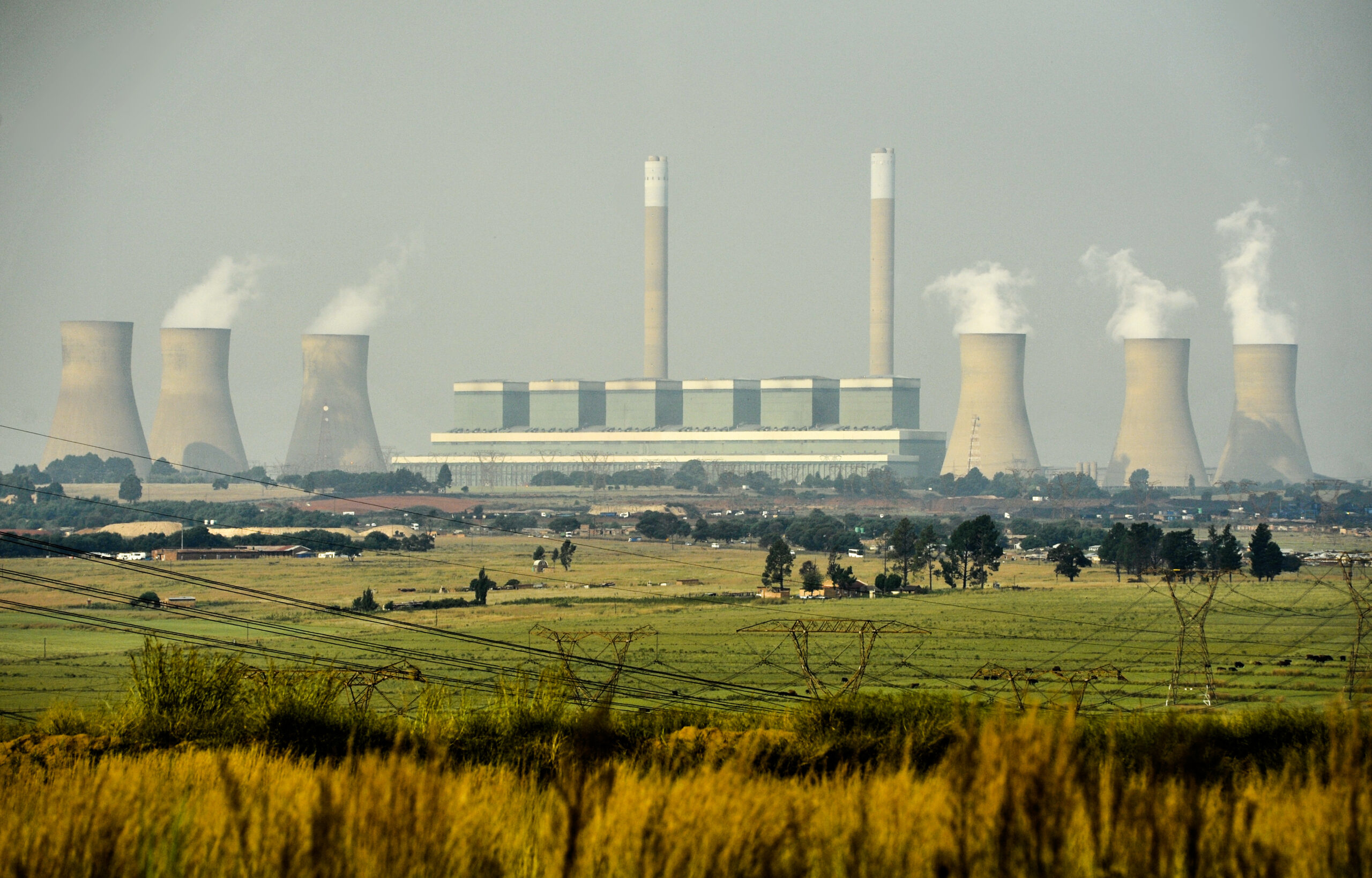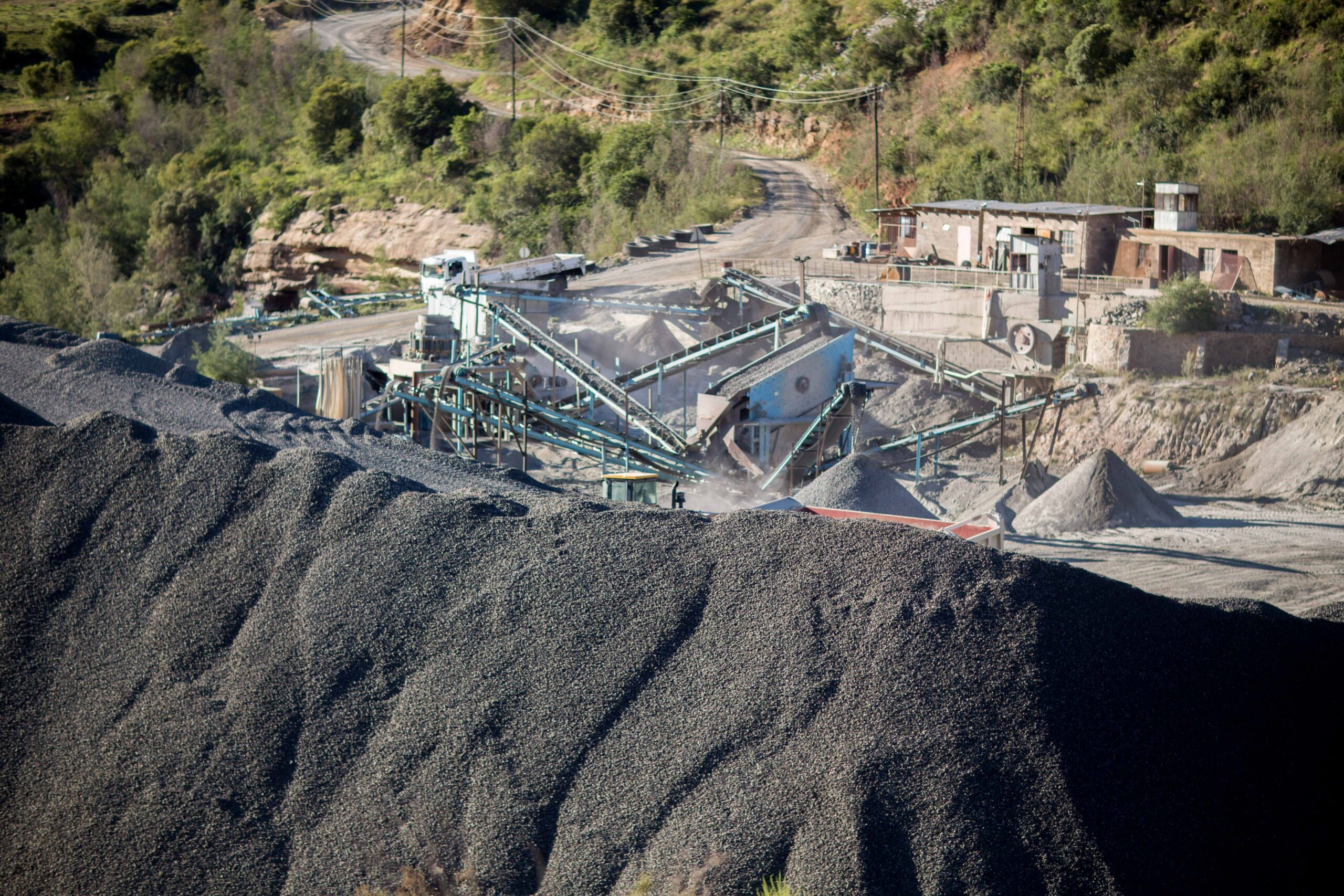The world’s electricity is the cleanest in history thanks to wind and solar
The emissions intensity of the world’s electricity reached its lowest-ever level in 2022, according to Ember’s latest Global Electricity Review. This was driven by record growth in wind and solar which together contributed 12 per cent share in the global electricity mix — up from 10 per cent in the previous year.
This growth in clean generation meant the carbon intensity of global electricity generation fell to its lowest-ever level of 436 gCO2/kWh across the year. With the continued advancement of wind and solar, 2023 could mark a new era of electricity generation — where power sector emissions fall despite higher demand, says the London-based think tank. As a result, the world might have hit “peak” power emissions in 2022, should cleaner and cheaper renewables continue to to squeeze fossil fuels from the sector.
A turning point for fossil fuels
While electricity is cleaner than ever, the world is using more of it, notes the report. Fossil fuels also continue dominate the global electricity generation mix, providing 61 per cent of generation in 2022.
But while coal power generation grew by 1.1 per cent – reaching a record high in 2022 – its share dropped from 36.2 per cent to 35.7 per cent, displaced by the 20 per cent growth in wind and solar.
After coal, gas is the second largest contributor of the power sector, accounting for 22 per cent of 2022’s global generation. However, Russia’s invasion of Ukraine and the global energy crisis in 2022 may be the turning point that made many governments rethink fossil fuel reliance, say Ember: “2022 changed everything for gas. Russia’s invasion of Ukraine triggered record-high gas prices that have forever changed the perception of gas as secure, abundant and cheap.”
South Africa shows little progression towards cleaner electricity
Amid its domestic energy crisis, there was little advancement towards decarbonising South Africa’s electricity system in 2022. Fossil fuels – overwhelmingly coal – still accounted for 86 per cent of electricity generation in 2022. This was just one per cent lower than the previous year, according to the report. Among G20 countries, South Africa has had the highest share of coal generation since 2015, while most other G20 countries have dropped their share of coal by varying degrees.
In 2022, wind and solar generated 4.5 per cent and 2.9 per cent of South Africa’s electricity, respectively. The country is one of the few that recorded a small drop in year-on-year solar generation. However, this was driven by weather conditions rather than structural changes, the report notes.
Overall, the carbon intensity of South Africa’s electricity fell slightly year-on-year, from 716 gCO2/kWh in 2021 to 709 gCO2/kWh. Though still far more polluting than the global average, it represents a small step in the right direction.

The outcome from 2022 demonstrates the long road ahead to decarbonise South Africa’s electricity. Moreover, controversial plans to extend the life of ageing and failing coal plants are set to slow the transition even further, hindering social and economic progression. As the report highlights, moving to clean power “will provide multiple benefits to health, the economy and climate, while increasing access to affordable energy as recommended by the United Nations in Sustainable Development Goal 7.”
Continent-wide, Africa is falling behind in the transition, with growth in renewables having slowed in recent years. This emphasises the need for wealthy nations to deliver on their climate finance commitments to help the continent expand its renewable energy capacity and develop sustainably.
Embracing the future of wind and solar
To keep global heating below 1.5°C, the power sector needs to be net zero by 2040. To achieve this, the world must phase out unabated coal power, and unabated gas will only provide only 0.3 per cent of global electricity. It is also essential to prioritise the integration of wind and solar into the grid, including planning permissions, grid connections, grid flexibility and market design.
At the same time, wind and solar power must continue to expand in the global mix, providing nearly 70 per cent of global electricity by 2050. These clean and abundant sources of energy are the world’s most powerful tool for decarbonisation, found the IPCC’s 2023 Synthesis Report, and must form the backbone of the world’s future electricity system.
As well as potent climate action, transitioning rapidly to wind and solar can advance socio-economic development. As Ember’s report states: “Acting now brings the most benefits. Investing in renewables will rapidly pay for itself with cheaper electricity. Moreover, securing clean electricity decades ahead of net zero will unlock the most affordable and effective pathways to economy-wide decarbonisation.”
Related Articles
Eskom: Green energy saves water
Generating electricity from fossil fuels has a hidden cost: South Africa’s already scarce supply of fresh water.
The false promise of ‘clean’ coal in South Africa
Even using the cleanest technology available, coal’s severe environmental, health and climate consequences remain unavoidable.




